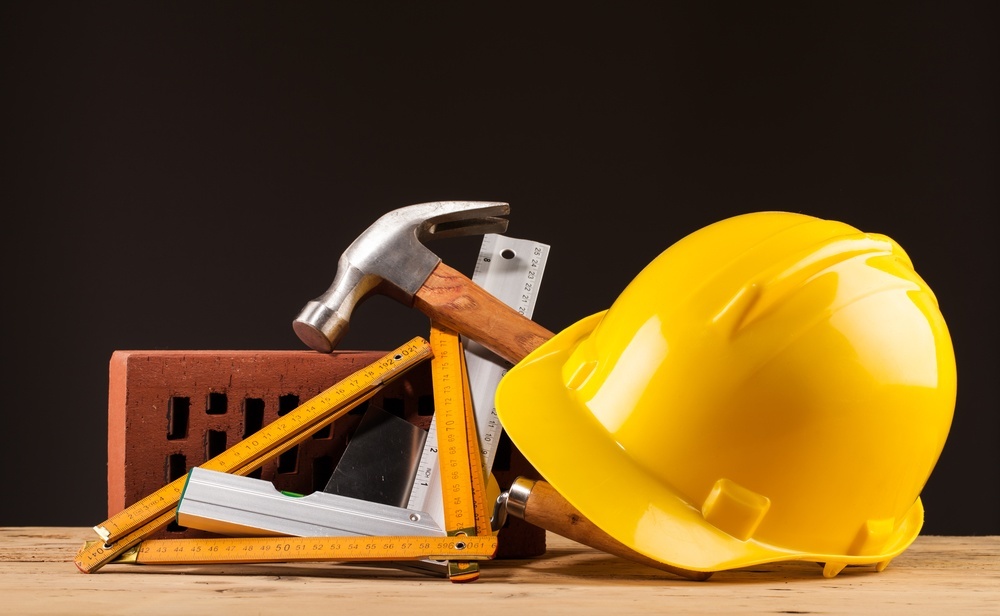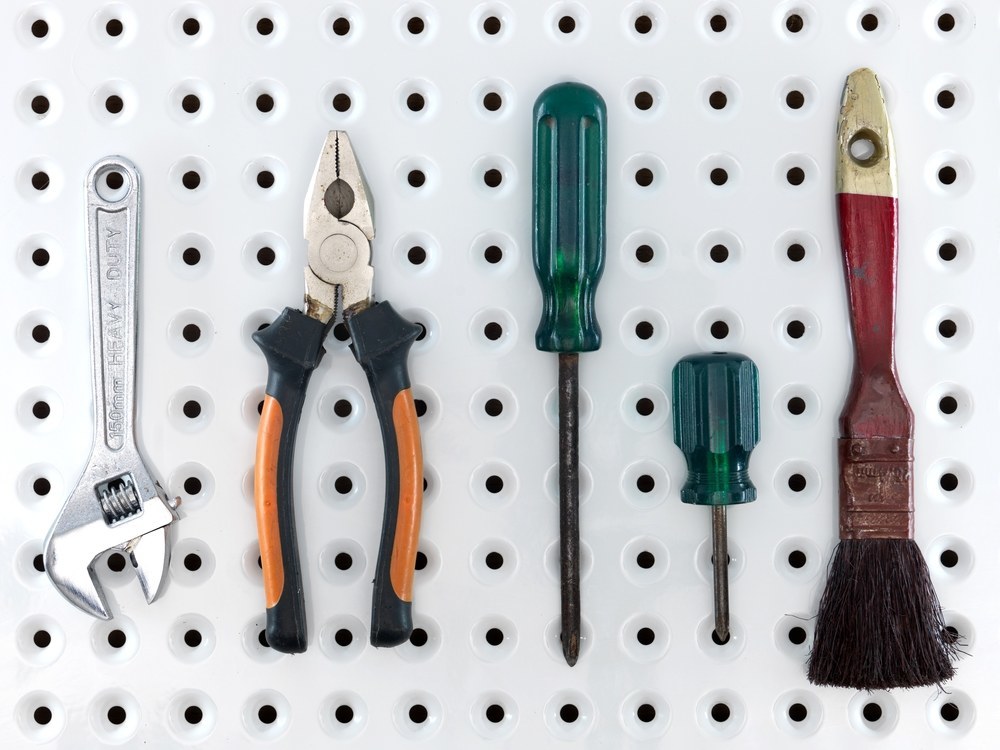 If you’re looking for a relatively fast and inexpensive way to give a room a whole new look, painting the walls is one of the best ways to go. Even if you don’t change the color of the walls, giving them a fresh coat of paint can make the room feel fresh and new again.
If you’re looking for a relatively fast and inexpensive way to give a room a whole new look, painting the walls is one of the best ways to go. Even if you don’t change the color of the walls, giving them a fresh coat of paint can make the room feel fresh and new again.
However, it’s important to remember that to get the best results from your paint job, you don’t want to just open a can of paint, pick up a paintbrush or roller, and start painting. Doing a proper paint job takes some prep work, but taking the extra time to make sure the job is done right will help produce great results.
Smooth Rough Spots and Patch Holes and Dents
When you’re painting a room, you’ll want to make sure your surface is as smooth as possible. If there are dents, holes, or other imperfections on the wall, now is a good time to grab some spackle and patch them up. If there are holes in the wall, all you have to do is take some spackle and use a putty knife to fill in the holes, let it dry, and sand it down. If there are any other rough spots on the wall, take some sandpaper and smooth them down, too.
Wash Your Walls
If you’re going to go through the effort of painting your walls, the last thing you want is for your hard work to be marred by lint, dirt, or other debris getting stuck in the paint. These things will show up once the paint has dried, so always wash your walls before starting to paint. This step is particularly in areas like kitchens, where it’s very common for grease and food to splatter onto the walls.
Preparing Your Room
No matter how careful you think you’re being, paint has a way of making its way onto things you don’t it to. Before you start painting, remove covers on light switches and electrical outlets and clear as many things out of the room as you possibly can if you don’t want them accidentally getting paint on them. For larger pieces of furniture, try to move them into the center of the room and make sure they are completely covered by drop cloths. Don’t forget to cover the floor in drop cloths, too.
If you’re only planning to paint your walls, not the ceiling, doorframes, baseboards, or window sills, be sure to place tape around the edges of those things to prevent paint from getting into those areas. Wait until the paint is completely dry before removing it.
Choose the Right Tools
Paint brushes and rollers are not all created equally. Some types of brushes and rollers work better with some types of paints than others do. If you’re using a latex-based paint, you’ll want to use a brush with synthetic brushes, while oil-based paints can be used with synthetic or natural bristle brushes. The same rule applies for rollers. When you’re looking for a roller, consider the texture of the surface you’re painting. If you’re painting a smooth surface, look for a roller with a shorter nap. Longer nap rollers should be used on rougher surfaces.
Do You Need a Primer?
Using a primer before painting isn’t always a necessary step in the painting process. If you’re simply painting the walls the same color to freshen up a room or are painting them a similar color, you can probably get away with skipping the primer, especially now that many paints have built-in primers. But if you’re making a drastic change in color, such as going from a dark color to something lighter, priming could help make the job easier. In a case like that, there’s a chance the original color could bleed through after one coat, requiring you to do multiple coats of paint. Since primer is generally less expensive than paint, using a primer first could be more cost effective. Keep these tips in mind for your next paint job and you’re sure to get great results!









